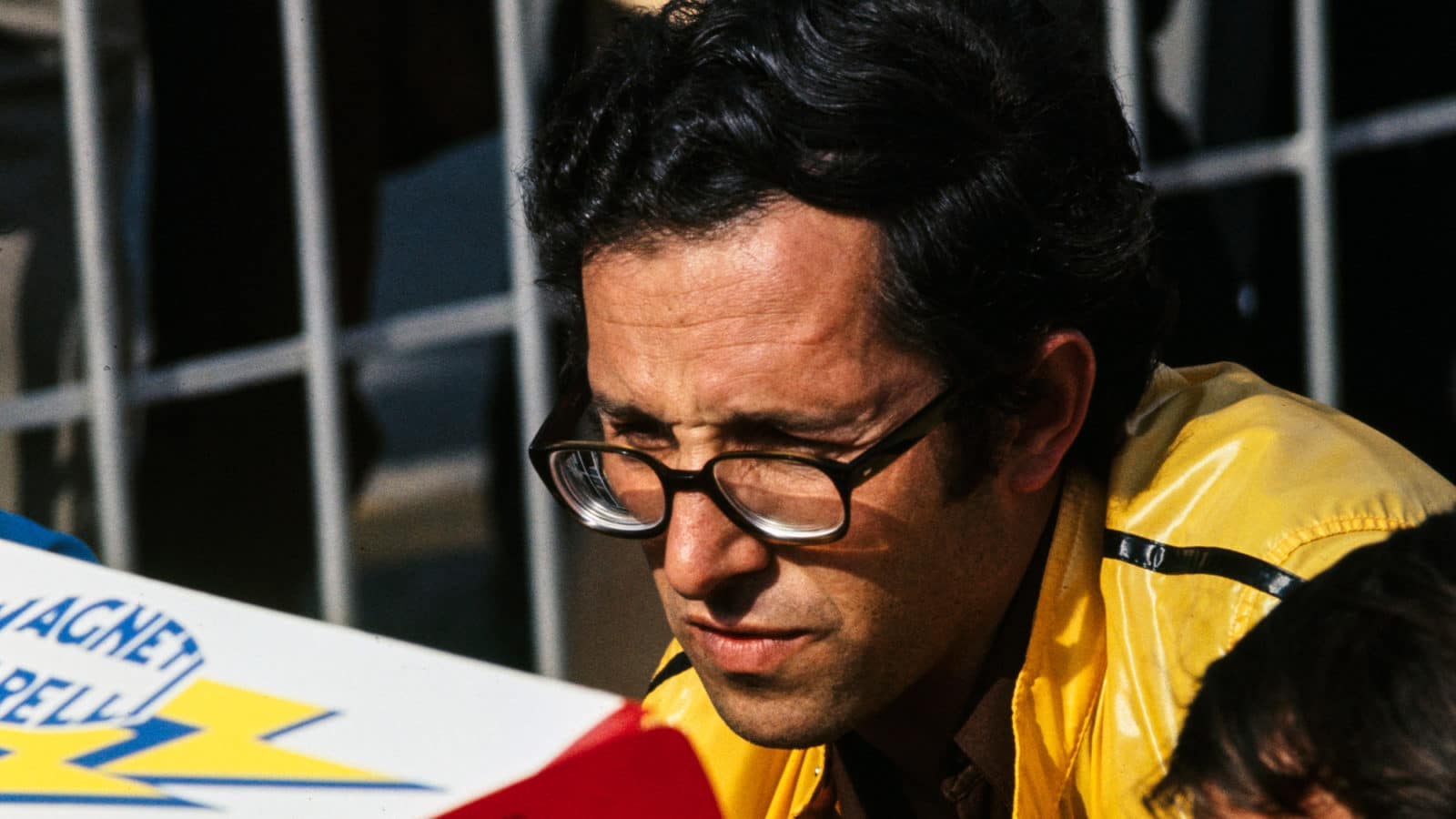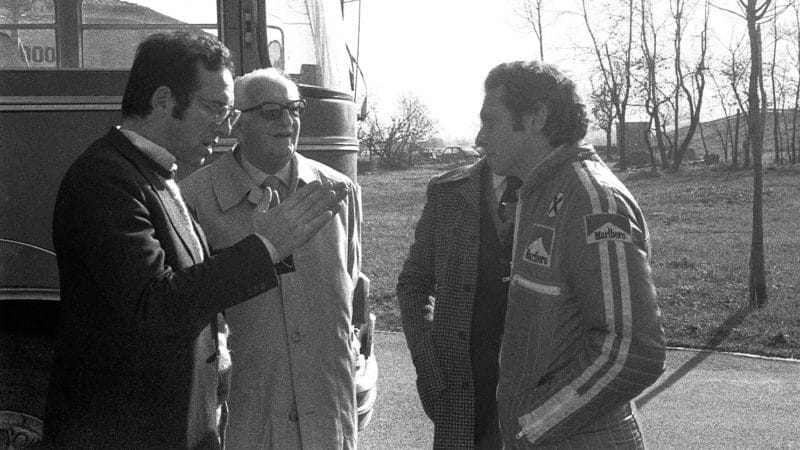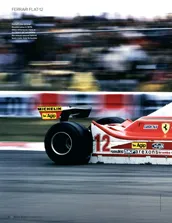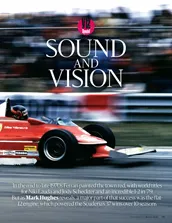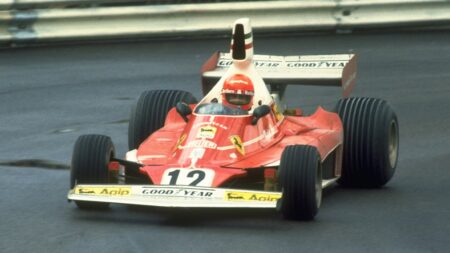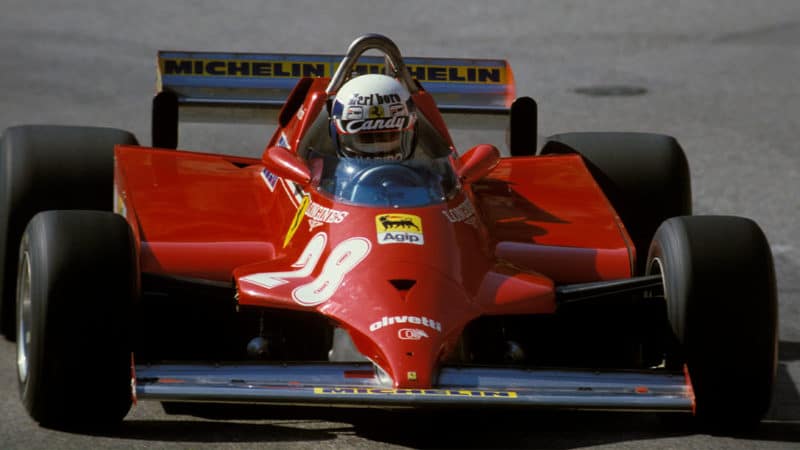Mr Ferrari did not explode into one of his celebratedly theatrical rages, his screaming normally being audible many metres from his office. His response was much more frightening. He just grimly had a quiet interview with each of the seven, and as they left another functionary handed them each a notice of immediate dismissal. With the Ferrari team and top echelon decapitated, Forghieri was given command.
He recalls: “I was dazed, but excited. And I had confidence in the great technicians there. During my intern period back in 1957, Fraschetti was considering a rear-engined car as one option for racing. Of course, he worked – with the great Alfa Romeo and Lancia designer Vittorio Jano contributing – to develop the first Dino V6-cylinder cars for Formula 2 and then Formula 1. He gave me the centre section of a chassis frame to design and to do the stress calculations and so on. I think that was for the V6 monoposto. He taught me the importance of having a rigid chassis.
“Jano was the consultant. He would come down to Modena from his home in Turin and stay for a few days at a time in the Hotel Albergo on the Via Emilia. You say he is remembered as having been a very cold and serious man. I can only say he was very human to me. And in fact, so was Laura Ferrari – she was always very nice to me, too.
“Luigi Bazzi was also from pre-war Alfa Romeo. His daughter married a friend of mine. Bazzi had the greatest and widest experience. He was capable of doing everything in the factory, and I mean everything – tutto! He was always thinking and questioning and suggesting. And his ideas were always good. For any question, any problem, Bazzi could find a solution.
“I had learned from all their great experience. And there were the other engineers, like Angelo Bellei and Franco Rocchi – Jano and I did the Formula 1 V8. When the project began I asked for him to become involved. Bellei was in the production department, in charge of road car design and development. But we were all really friends working together. Casoli worked on millimetri [millimetres] – such was his eye – and he was great for modelling too – he came from Reggiane, the aircraft maker. And Bazzi was in the test department.
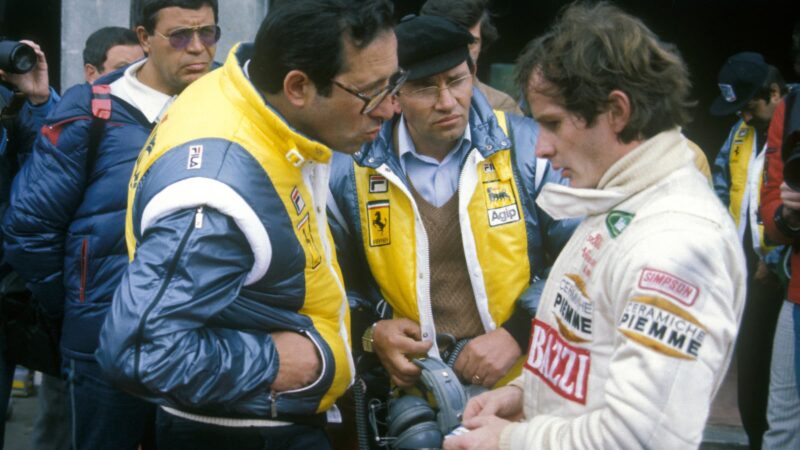
Forghieri with Gilles Villeneuve at Zolder, 1982
Grand Prix Photo
“Enzo Ferrari had loved the 12-cylinder Packard. He never forgot that. The V12 has a natural balance, and a V12 is easier to design and to set up but expensive to manufacture. Chinetti and other friends encouraged Enzo Ferrari to build a V12. The Banco di Modena and other friends provided the money for him to do it.
“Many of his early workers were drawn from Minganti in Bologna, the big machining company. Hah – they had a good basketball team. I used to play basketball to a good level. In 1939 my father worked with Bazzi, Giberti and Ferrari in his small factory in Modena, making the parts for what became the Alfetta. I think they made four of them. And this car became almost unbeatable. My father worked specially in the Alfa Romeo factory and after the war with Ferrari he became chief of the machine shop.
“When I was small my great interest was aeroplanes. Into my teens I was always drawing planes, but never jets. I thought they were boring. Nothing to see. All the planes I drew had propellers. Papa made propellers during the war…”
Tall bespectacled Mauro would grow quickly into his chief engineer role, known for his colourful, sometimes explosive personality, for his diligence, his imaginative design talent and above all for his industry. It was under his leadership that Ferrari replaced its obsolete-technology ‘sharknose’ Formula 1 cars of 1961-62 with the lightweight spaceframe, fuel-injected V6 cars driven notably by John Surtees and Willy Mairesse in 1963. He also masterminded development of a sweet-handling rear-engined V12 sports-prototype in the P-cars of 1963-64, leading on to the P2-3-4 designs of 1965-67.
“Ferrari had a great understanding of human weakness”
For the Ferrari 158 and 1512 F1 designs of 1964-65, Forghieri took Ferrari into ‘aero’ monocoque chassis construction with the stressed aluminium skin panels riveted to an easily repairable frame of small-diameter tubes. He and his colleagues designed the little 1600cc and 2-litre Dino V6 prototypes, and then 3-litre F1 V12s for 1966-68. He directed the programme in which the front-engined 250 GTO series culminated in the roofed-in rear-engined 250LM Berlinetta.
We talked in broad-brush terms about his career, with some specifics in sharper focus. He speaks with genuine fondness of Mr Ferrari. When The Old Man died in 1988 and I had to write an obituary, I had asked Mauro to comment on what had been Mr Ferrari’s greatest talent. After much thought he replied, slowly – “He was a man with a great understanding of human weakness.” Words he left unspoken could have been – I believed – “and how to exploit it…”
It is plain that over their many years as employer and chief engineer, Ferrari and Forghieri fought many battles, as often with one another as they did united against outside rivals. Mauro: “He would make his unhappiness absolutely clear and he would certainly shout and scream. But even from quite early, because he knew my father so well and had known me from such a young age, I was able perhaps more than some others to shout and scream straight back!
“My father was a strong man. All the Forghieri men have been strong – strong opinions, strong views, not afraid to state them. My grandfather had been a close friend of the young Mussolini, but later their political views moved apart. My grandfather left Fascist Italy and lived in France, where he wrote some very critical things about Mussolini in the French newspapers. I remember my father then coming home several times, injured, having been beaten up by the Fascists. He would have heard them criticising his father, so he would stand up for his Papa and they beat him. But even then he would not keep quiet. It got so bad that he was advised to move out of Modena, to somewhere quiet for him and for his family. We ended up for a while in Naples, but through much of the war we were in Monaco where my father serviced and repaired high-quality cars – Hispano-Suiza, Alfa Romeo, that kind of thing. The big man of the regime in Modena helped us move to Naples, where father worked in the Ansaldo aeroplane plant. We had quite a nice house there in the Parco Caruso area, 20-30 houses in the Arco Felice village.
